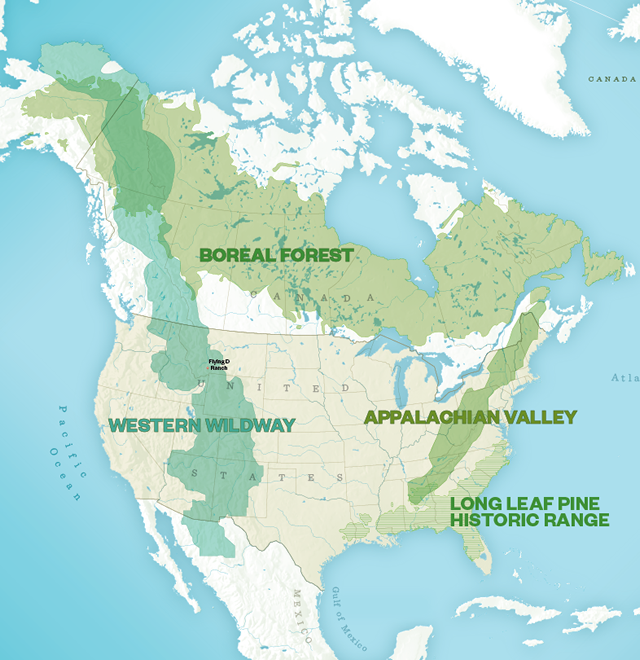How did I come to write “Can the World Really Set Aside Half of the Planet for Wildlife?”—an article just published by Smithsonian magazine?
Half Earth, Edward O. Wilson and other eminent biologists and naturalists have been saying for some years, is the goal—the amount of land we need to set aside in permanently protected areas to stave off a mass extinction crisis and ensure the survival of the 10 million other species with which we share the planet. Half for them, half for us. This isn’t simply a guess: A 2012 editorial in Conservation Biology signed by 13 well-known conservationists declares, “Nature needs at least 50%, and it is time we said so.”
Currently between 10% and 15% of the world’s land is protected—but, as modern conservation biologists, often nudged by Wilson himself, have repeatedly pointed out, national parks are porous containers, slowly leaking sieves that lose and then can’t replace species when they’re isolated by roads, housing development, and deforestation.


So how do we get to 50% – and not just 50% as a number, but to a Half Earth that works? That was the question I had for Ed Wilson when I had a chance to meet him. He introduced me to some of his heroes – M.C. Davis, in Florida, who’s replanting longleaf pine on 51,000 degraded acres; Bill Finch, in Alabama, who’s working to set up a national biodiversity park in the vast delta on Mobile’s doorstep; and Mike Phillips, in Montana, head of the Turner Endangered Species Fund, which restores wildlife to the 2,000,000 acres of ranches Ted Turner owns. And I talked to Paula Ehrlich, President and CEO of the E.O. Wilson Biodiversity Foundation, based in Durham, North Carolina, which works strategically in both Africa and North America to implement his vision for protecting life, and has a partnership with TESF and works with several groups promoting protection of the Mobile Delta.
Along the way I was introduced to a bold new strategy that he and they and others have invented and are creating: permanent networks of protected and interconnected wild landscapes across North America. These “Long Landscapes,” as I started thinking of them, would let southern species move north in the face of climate change and let western species move east as droughts deepen.
The United States inspired the world, Ed Wilson reminded me, when it invented national parks by launching Yellowstone in 1872. “Now,” he said, “it’s time to take things to the next level.”
—Tony Hiss

